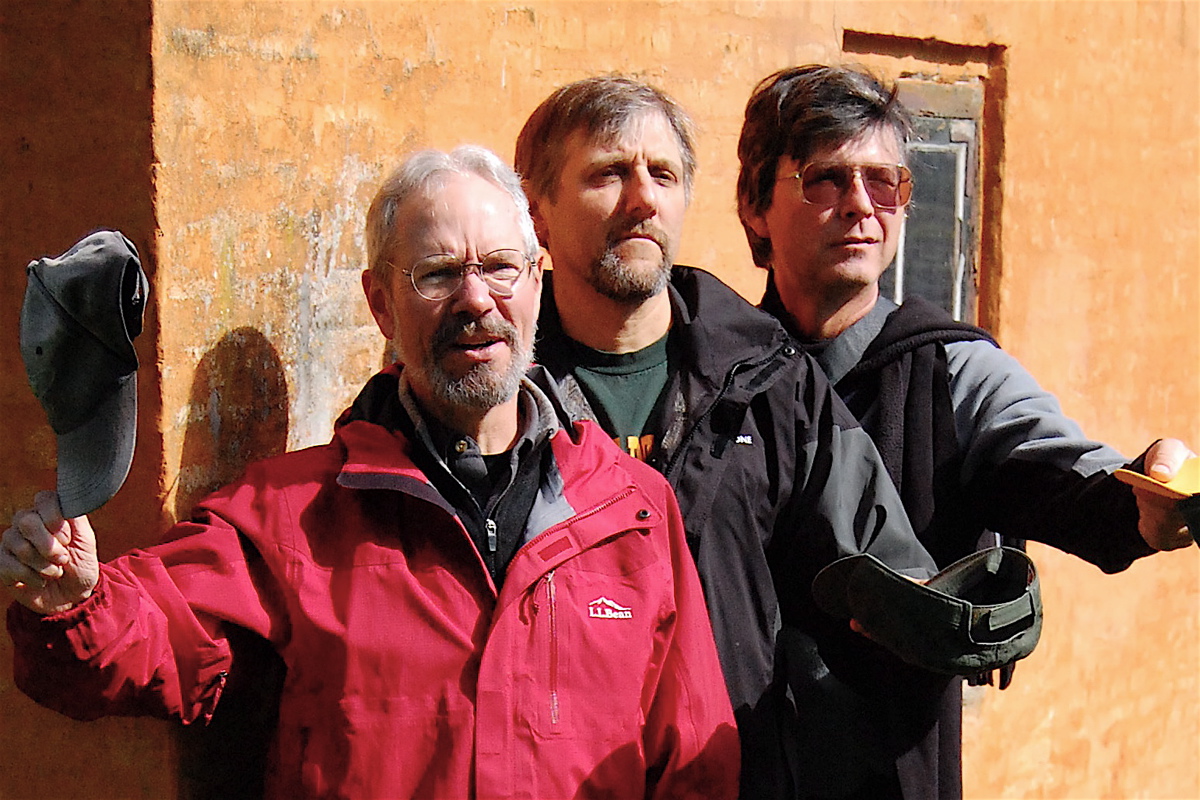
1/ Excellent article by @zeynep. My take below ...
Why Did It Take So Long to Accept the Facts About Covid? nytimes.com/2021/05/07/opi…
Why Did It Take So Long to Accept the Facts About Covid? nytimes.com/2021/05/07/opi…
2/ At the start of this pandemic transmission by direct contact, close contact via LARGE respiratory droplets, & fomites were emphasized. ...
3/ Airborne transmission by aerosol particles (in near or far fields) was ignored & even downplayed by @WHO and @CDC, despite the fact this pathway represented THE nightmare scenario. This effectively opened the gate for THE nightmare scenario to occur.
4/ Many of us saw this early on and tried to educate the public and policymakers through countless interviews, national webinars, and op-ed pieces. Our efforts during a critical period largely fell on deaf ears.
5/ The frustration was enormous, particularly that very early on evidence all pointed to transmission by aerosols in the near AND far fields as both being extremely important.
6/ Mechanistic models based on aerosol dynamics and fed by parameters based on past and ongoing experiments CLEARLY showed the nightmare scenario unfolding despite continuing resistance by @WHO and @CDC.
7/ In @zeynep's excellent article we read this in relation to @WHO discussions of airborne transmission by aerosol particles: "Throughout the pandemic, the W.H.O. was slow to accept the key role that infectious particles small enough to float could be playing."
8/ "Mary-Louise McLaws, an epidemiologist at the University of New South Wales in Sydney, Australia, and a member of the W.H.O. committees that craft infection prevention and control guidance, wanted all this examined but knew the stakes made it harder to overcome the resistance.
9/ She told The Times last year, “If we started revisiting airflow, we would have to be prepared to change a lot of what we do.” She said it was a very good idea, but she added, “It will cause an enormous shudder through the infection control society.”
10/ So, it would change what they do. It would "cause an enormous shudder through the infection control society." Effectively, it was an inconvenience to @WHO and the infection control society to admit the importance of airborne transmission. It was too hard.
11/ It is difficult to admit failure, to admit wrong. For one, it is an admission of partial culpability for the propagation of a horrific pandemic, the nightmare scenario that continues to ravage some nations.
12/ It is critical that those who are looked upon for guidance CLEARLY understand AND admit they have failed so that (a) they do not do so again, and (b) they can regain the trust of those they serve.
• • •
Missing some Tweet in this thread? You can try to
force a refresh








